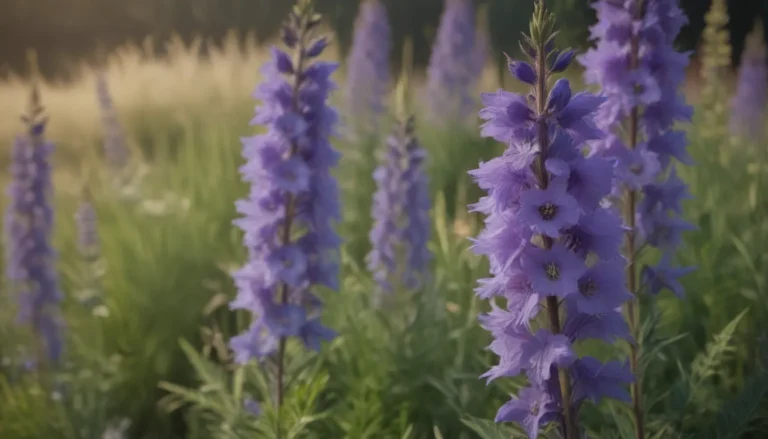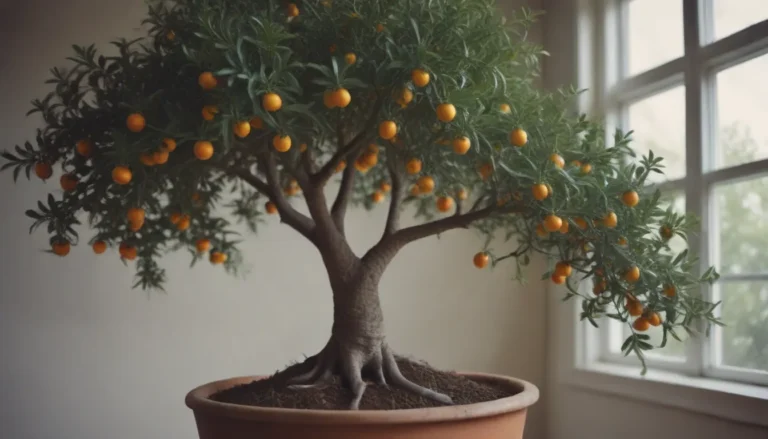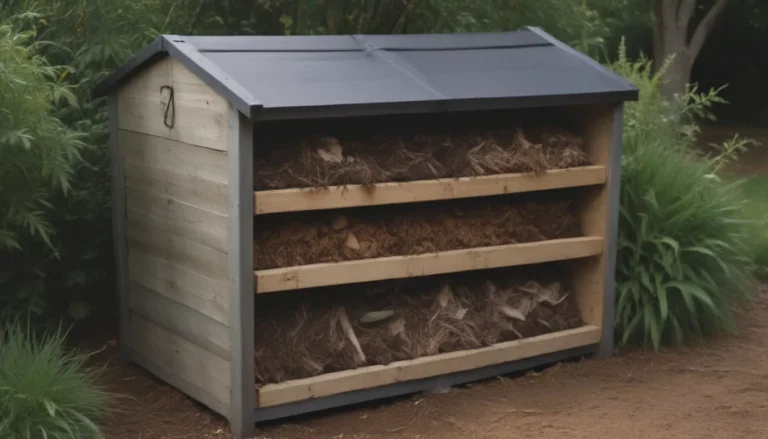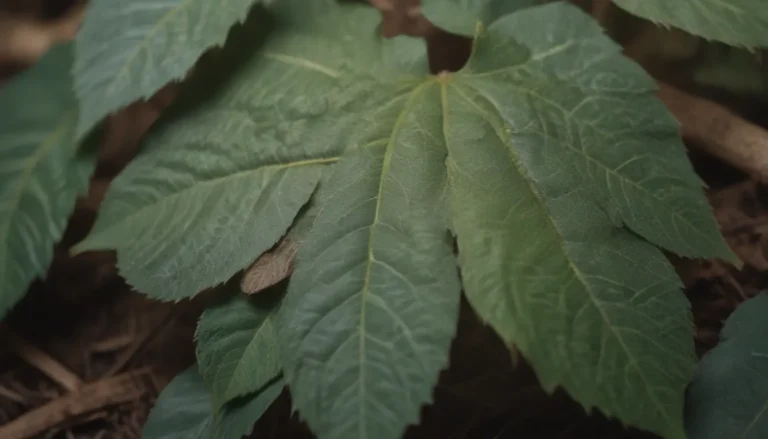Everything You Need to Know About Growing and Caring for Jacaranda Trees

If you appreciate the beauty and vibrancy of tropical trees, then the jacaranda tree is sure to catch your eye. With its clusters of fragrant purple blooms and arching branches forming a canopy resembling an upturned umbrella, the jacaranda tree is a sight to behold. In this comprehensive guide, we will delve into all the aspects of growing and caring for jacaranda trees, from choosing the right location to troubleshooting common problems that may arise.
Getting to Know the Jacaranda Tree
Before we dive into the care requirements of jacaranda trees, let’s take a moment to appreciate their unique characteristics.
- Growth Rate: In its ideal tropical environment, the jacaranda tree can grow up to 10 feet per year. However, its growth rate may slow down when grown outside tropical regions.
- Ideal Locations: Jacaranda trees thrive in warm, sunny climates, such as Hawaii, Florida, Southern California, and parts of Texas.
- Soil Needs: These trees prefer slightly acidic soil that is well-draining to avoid issues like root rot.
Now, let’s move on to the essential care requirements for nurturing a healthy and flourishing jacaranda tree.
Jacaranda Tree Care Tips
Light
- Sunlight: For optimal blooming, plant your jacaranda tree in full sun, ensuring it receives at least six to eight hours of sunlight each day.
- Shade Tolerance: While smaller jacaranda trees can tolerate light shade, optimal sunlight is necessary for vibrant blooms.
Soil
- Drainage: Jacaranda trees thrive in well-draining, moderately sandy soil with a slightly acidic pH. Avoid heavy or water-logged soil to prevent root rot.
Water
- Moisture: Maintain consistent moisture levels for your jacaranda tree, especially during hot or dry periods. Water the area around the tree’s base and focus on the drip line for optimal hydration.
- Testing Soil Moisture: Check the top 3 to 4 inches of soil and water when it feels dry to the touch.
Temperature and Humidity
- Climate: Jacaranda trees prefer heat and humidity and may not thrive in regions with frequent freezing temperatures.
- Winter Care: Protect your tree from frost by providing a sunny area with limited exposure to gusty winds.
Fertilizer
- Balanced Nutrition: Feed your jacaranda tree annually with a balanced tree fertilizer, avoiding excess nitrogen that can impact flowering.
- Fertilizer Ratio: Opt for a 10-10-10 NPK fertilizer and follow product label instructions for proper application.
Types of Jacaranda Trees
There are several notable varieties of jacaranda trees, each with its unique characteristics:
- **J. mimosifolia ‘Alba’ or ‘White Christmas’
- **J. mimosifolia ‘Bonsai Blue’
- **Jacaranda jasminoides
- **Jacaranda jasminoides ‘Maroon’
Pruning and Propagation
Pruning
- Central Leader: Prune young jacaranda trees to form a single central leader for strength and stability.
- Seasonal Maintenance: Limit pruning to removing broken, dead, or diseased branches to maintain the tree’s health.
Propagation
- Planting Seeds: Jacaranda trees can be propagated from seeds planted between fall and early spring.
- Stem Cutting: Propagate through stem or branch cuttings for quicker blooming results.
Common Pests and Diseases
- Pest Management: Monitor for aphids, scale insects, and the glassy-winged sharpshooter, treating with insecticidal soap or horticultural oil as needed.
- Disease Prevention: Watch for bacterial leaf scorch caused by Xylella fastidiosa, ensuring proper watering practices to prolong the tree’s life.
Encouraging Blooms and Troubleshooting
Bloom Management
- Blooming Schedule: Jacaranda trees bloom twice a year, typically in late spring and fall.
- Maintenance Tips: Promote blooming by planting in a sunny area, maintaining soil moisture, and avoiding excess fertilizer near the tree.
Troubleshooting Common Issues
- Yellowing Leaves: Ensure adequate watering to prevent chlorosis and yellowing of leaves.
- Browning Leaves: Watch for signs of bacterial leaf scorch, overexposure to sun, or excessive fertilizer.
- Dead Leaf Tips: Avoid overfertilizing, which can lead to dead leaf tips and yellowing edges.
Potting and Overwintering Jacaranda Trees
- Container Growth: In cooler climates, jacaranda trees can be grown in containers, requiring annual pruning to control size.
- Overwintering: Protect potted trees from frost by reducing watering and pruning during the dormant winter period.
By following these comprehensive care tips, you can successfully grow and maintain a stunning jacaranda tree in your outdoor space. Whether you’re a seasoned gardener or a beginner, these guidelines will help you nurture a thriving tree that adds beauty and charm to your landscape.
Remember, the jacaranda tree is a majestic species that requires attention to its specific needs, but the rewards of vibrant blooms and lush foliage make it all worthwhile. Happy gardening!





